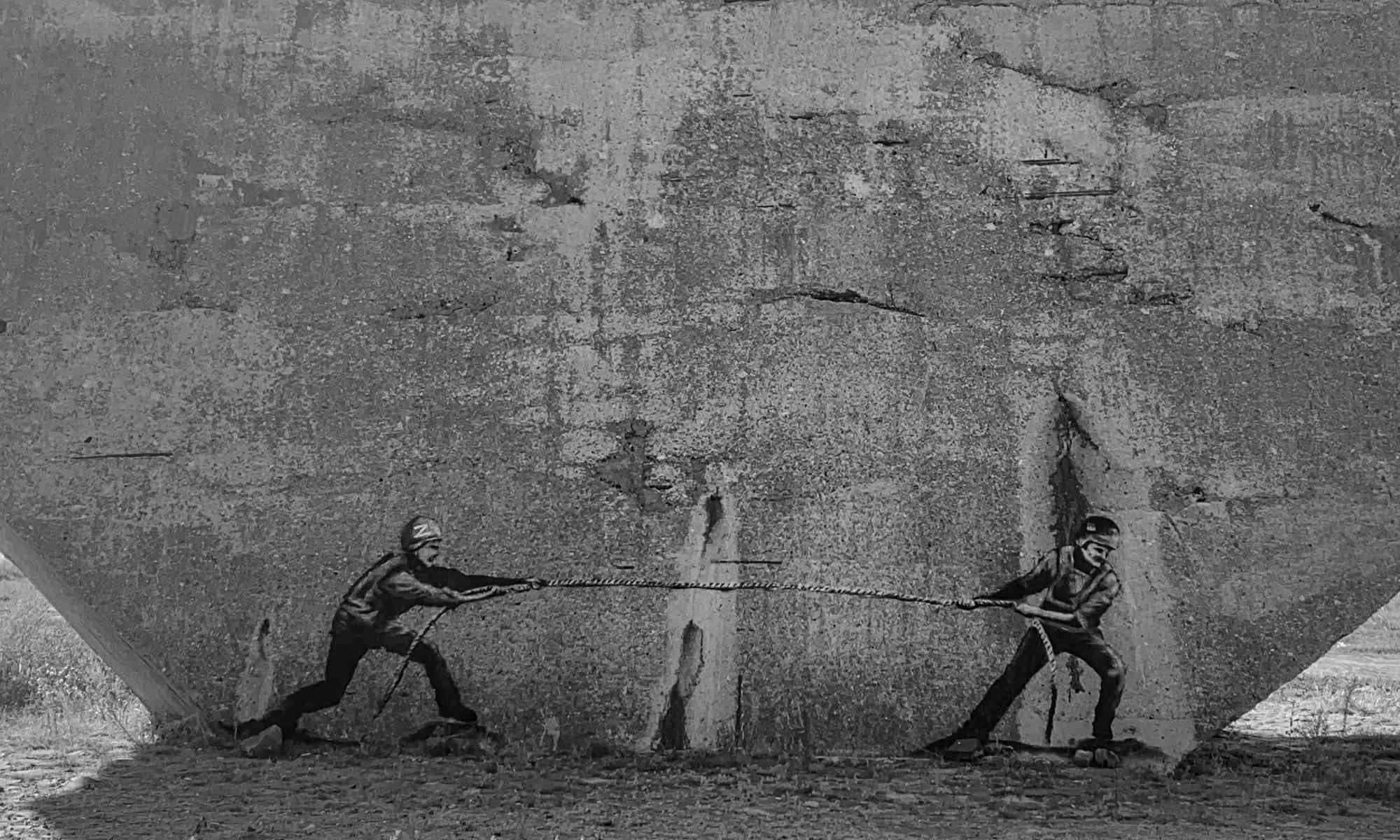In a divisive political climate, people take sides—including musical artists. But music can also unify us. In a recent op-ed in the Washington Post, the Eastman School of Music’s Michael Alan Anderson reflects on the meaning of a 19th-century American event, the Great National Peace Jubilee, for 21st-century America. This Barnumesque event, billed as “the Grandest Musical Festival ever known in the history of the world,” took place in Boston in 1869 and brought together a huge variety of choruses, star soloists, orchestras, bands, and musical styles. Its founder, the famous band conductor Patrick Gilmore, wished to celebrate peace and unify Americans shortly after the most bitterly divisive event in United States history: the Civil War.
The success of the National Peace Jubilee, says Anderson, “is a sign that we should not discount the power of music and grand spectacle to bridge our bitter divides even today … the National Peace Jubilee reminds us that Americans can come out of their corners for entertainment, music especially.”
Anderson is an associate professor of musicology at the University of Rochester’s Eastman School of Music. He specializes in medieval and Renaissance music.
Read the full op-ed online.


